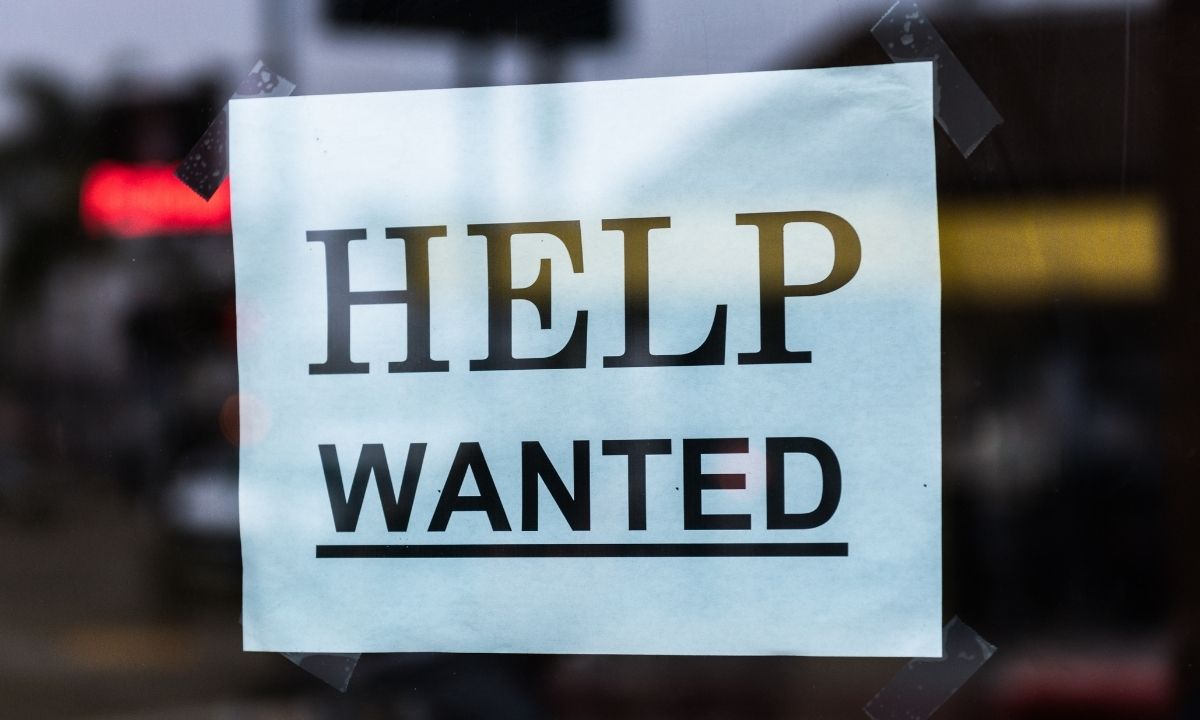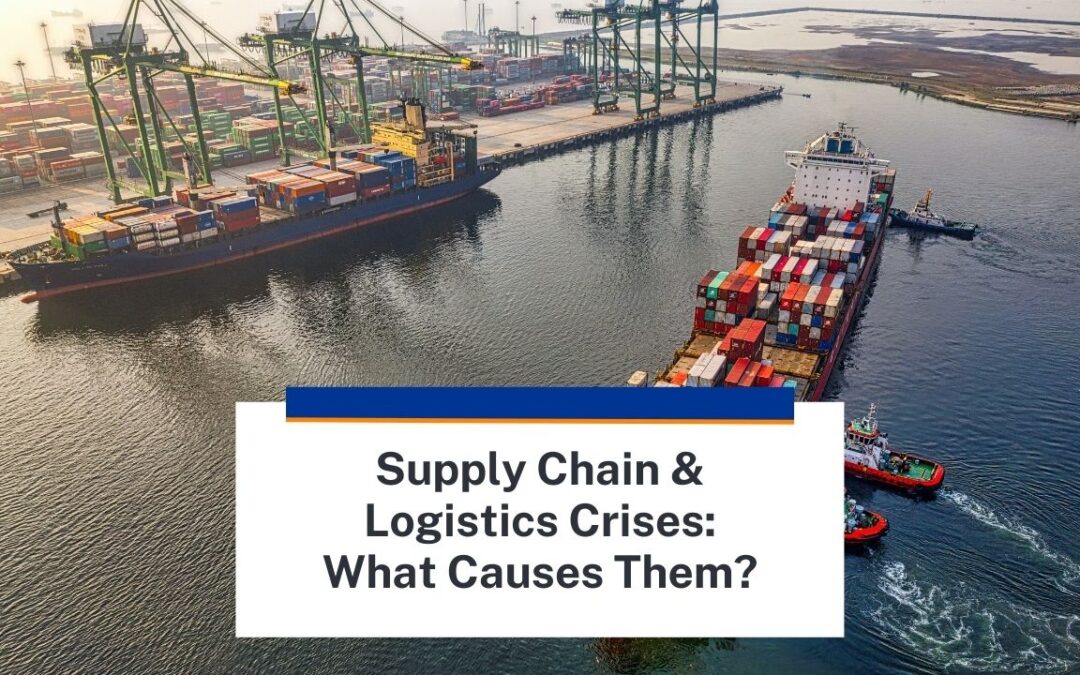By now, you’ve almost certainly seen headlines about the ongoing global supply chain crisis. From labor and equipment shortages to congestion and delays at shipyards, just about every vital component of the economy is feeling the effects.
The crisis has had an undeniable impact on public sectors and private industry around the globe, and it’s begun to affect consumers in fundamental ways as well — particularly in the form of rising prices.
In this article, we’ll explore how global and domestic supply chains function and what causes crises like the one we’re currently experiencing.
The Supply Chain & Logistics
News writers and analysts often throw around complex terms like “supply chains” and “global logistics,” but it’s rare that those terms are ever actually clearly defined. Let’s discuss what these terms actually mean and how they’re connected.
Investopedia defines a supply chain as “a network between a company and its suppliers to produce and distribute a specific product to the final buyer,” which includes “different activities, people, entities, information, and resources,” while also representing the individual “steps it takes to get the product or service from its original state to the customer.” The global supply chain is not one singular supply chain. It is a complex network of many interdependencies involving all these individual supply chains.
The term “logistics” is equally broad. Dictionary.com defines logistics as “the planning, implementation, and coordination of the details of a business or other operation.”
It’s not difficult to see how fundamental logistics is to supply chains: logistics comprises the building blocks that make the entire global supply chain function.
What is Causing the Supply Chain Crisis?
Supply chains rely on the smooth functioning of a series of steps involved in getting the final product to the consumer. A healthy supply chain requires the successful functioning of transportation systems, manufacturing of raw materials and finished products, warehousing, distribution, and many other factors.

The current crisis isn’t the result of a single narrow cause. There is not one individual link in the supply-chain network that has failed in a linear system. Rather, it’s the response of a complex system to major changes and conditions, a few of which are highlighted below.
Current Disruptions
- COVID-related disruptions to supply, which included labor shortages and increased government restrictions, decreased capacity in supply chains on a global scale.
- COVID-related disruptions to demand, particularly changes in customer purchasing behavior (which showed a distinct preference for physical goods instead of services), were not expected and inconsistent with past data.
- Port congestion and delays resulting from labor and equipment shortages and a variety of other distortions have created major bottlenecks in supply chains. Ports are essential to keeping the flow of goods running smoothly, since they operate at such high capacity under normal economic conditions, and this capacity has decreased substantially.
- Unforecasted increases in demand overloaded the system, which rapidly depleted the backlog.
What’s Next?

There is no quick fix to the current economic predicament. The supply chain and logistics crisis was not created by a singular failure in a linear system, but by a complex system of disruptions. The recovery will be complex and multifaceted as well.
Economies naturally contract and expand over time and with changing conditions and technologies. The COVID-19 pandemic represented a major disruption to global supply chains, and it will take time and a collective effort on the part of private industry and world governments to aid in the recovery. Ports will likely have to increase their labor capacity, and manufacturers and retailers will need to adjust to new and changing consumer behavior.
This is a difficult moment in time, but it’s also an opportunity to rethink supply chains and make them stronger for customers, businesses, and workers. Strengthening supply chains and business practices to better withstand and navigate supply chain crises will be vital to avoiding the same issues repeating themselves.
How You Can Insulate Your Business From Supply Chain Disruptions
Nearly every business in every industry has been impacted in one way or another by the supply chain and logistics crisis. But some companies have been able to navigate the logistics crisis more effectively than others. Smart business leaders are already beginning to analyze the reasons behind this and make necessary changes to insulate their workers, customers, and profits from these kinds of crises.
A key element is understanding the level of risk that exists so you can appropriately invest to mitigate it. Companies need to reevaluate their disruption mitigation strategies, invest in resilience, and update estimates of risk exposure. Here are a few ways successful companies can respond:
- Source from multiple suppliers in different locations (local and distant suppliers).
- Maintain excess operating capacity that can be harnessed quickly and effectively if the need arises.
- Hold excess inventory as safety stock.
- Invest in supply-chain mapping to understand where you’re exposed to risk and work to mitigate it.
Work With Those You Trust: Bridgetown Trucking is Leading the Way in Portland, OR and St. Louis, MO.

Now more than ever, you need transportation and logistics partners you know you can rely on when things get tough. Bridgetown Trucking has faced the same difficult and changing conditions that every logistics company has had to contend with. But we’ve confronted these challenges head on and proven our reliability to our partners.
Now is the time to make sure you’re only working with proven logistics industry leaders like Bridgetown Trucking for your transportation, warehousing, and order-fulfillment needs to mitigate supply-chain risks.
We offer comprehensive trucking services, including:
- Dedicated trucking
- Flatbed trucking
- Air-freight delivery and pickup
- Ocean and rail container transport
- Integrated warehousing and order-fulfillment services
We’re at your service. Contact us today to learn more about what we do and let us know how we can help you.

